Perforated Air Distributor for LAMB systems, ANSYS Fluent
$100.00 $50.00 Student Discount
- The problem numerically simulates a Perforated Air Distributor for LAMB systems using ANSYS Fluent software.
- We design the model in Spaceclaim and then meshed it with ANSYS Meshing.
- The the Species model is activated to see how species are transported.
- The RNG k-ɛ model is performed to simulate turbulent behavior of the flow.
To Order Your Project or benefit from a CFD consultation, contact our experts via email (info@mr-cfd.com), online support tab, or WhatsApp at +44 7443 197273.
There are some Free Products to check our service quality.
If you want the training video in another language instead of English, ask it via info@mr-cfd.com after you buy the product.
Description
Perforated Air Distributor for Laterally Aerated Moving Bed (LAMB) system
Description
Perforated tubes are widely used in industry for numerous applications such as drainage system, bioreactor fermentation, commercial buildings for aesthetic purpose, drilling of crude oil, dryer, etc. Core design of the LAMB dryer (Laterally Aerated Moving Bed) is its inner tube, or also known as its radial revolution aerator. This aerator is a perforated tube which functions to uniformly distribute the air radially to surrounding medium. The arrangement of this inner tube has given the LAMB a major advantage in terms of low pressure drop, in another word, a less energy consumption design.
In this project the geometry is generated in Spaceclaim and meshed in ANSYS Meshing producing 2,983,355 cells for instance for the case with 4[mm] holes distance.
Methodology
One of the essential goals when designing vertical perforated tube is to uniformly distribute fluid in all orifices then we expect that simulating design of perforated tube will be done with proper result and will reach to our major purpose that is maintain desire distances of air flow through perforated tube. We simulated a perforated pipe with 0.025 [m] diameter containing holes in three rows around it by equal distance between. The pipe is surrounded by a cube with 1.7 m length as the domain around. All surfaces of the cube are defined as the outlet, except for the one considered as adiabatic wall in front of the air inlet. Also the outlet of the tube is set as wall.
To investigate the effect of holes distance and inlet velocity, we considered different designs. In the The first one the tube with 3 [mm] diameter is simulated finding effect of varying velocity in 0.3, 1 and 3 [m/s]. Then we changed the distance between the holes to 4 and 5 [mm] so that we could observe how these parameters affect the results such as flow distribution uniformity. The air with 2.25% moisture and 300 [k] temperature enters the tube. The problem is solved steadily and turbulence of the flow is simulated by RNG k-e model. Also to see how species are transported and seeing mass fraction of them in the flow coming out of the pipe holes, the Species model is activated.
conclusion
As shown in results, the velocity contours for created planes on the tube holes radially and axially, the fluid is distributed uniformly exiting the holes. Also the mass fraction of the species are visible in the contours.
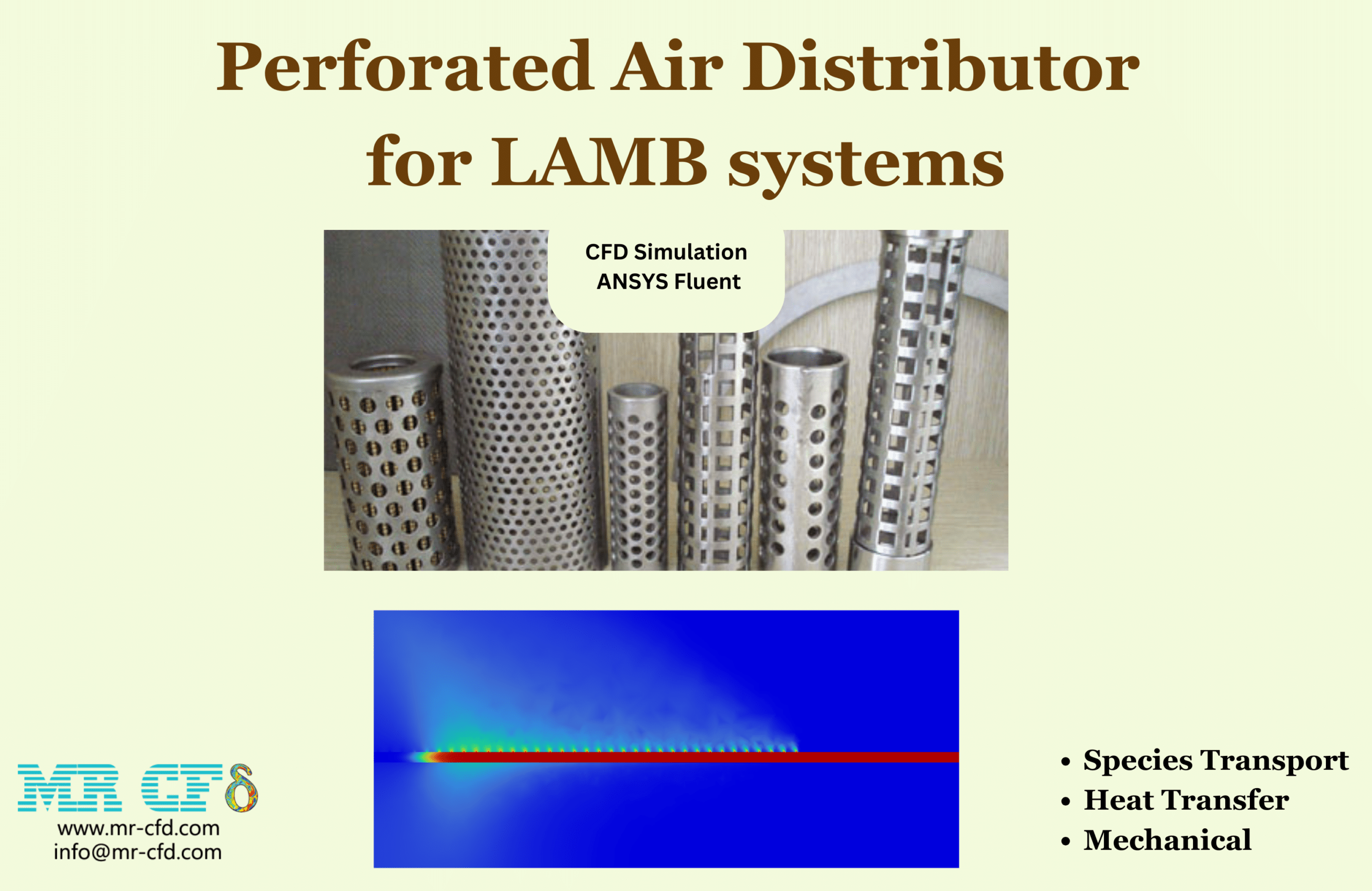
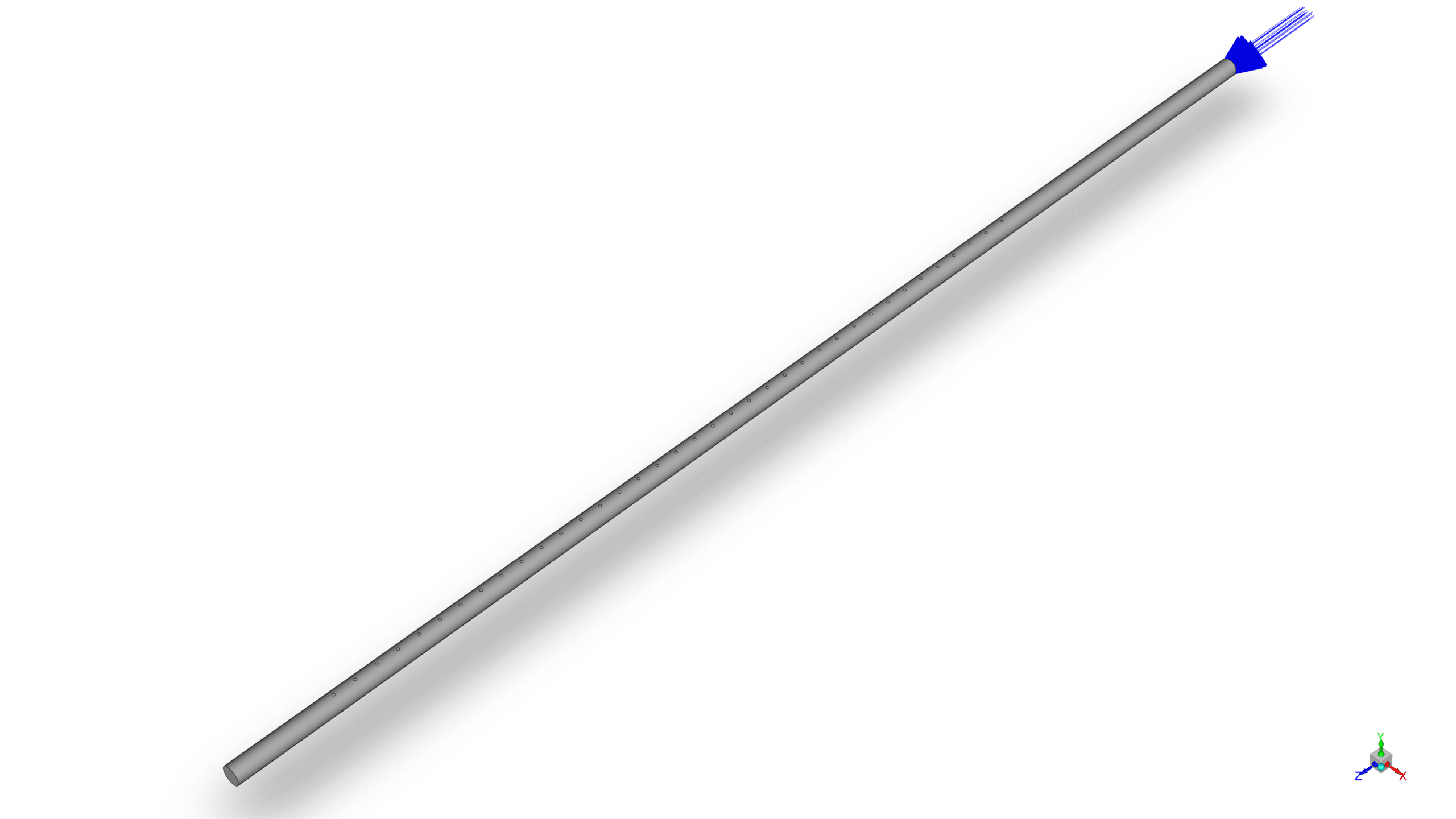
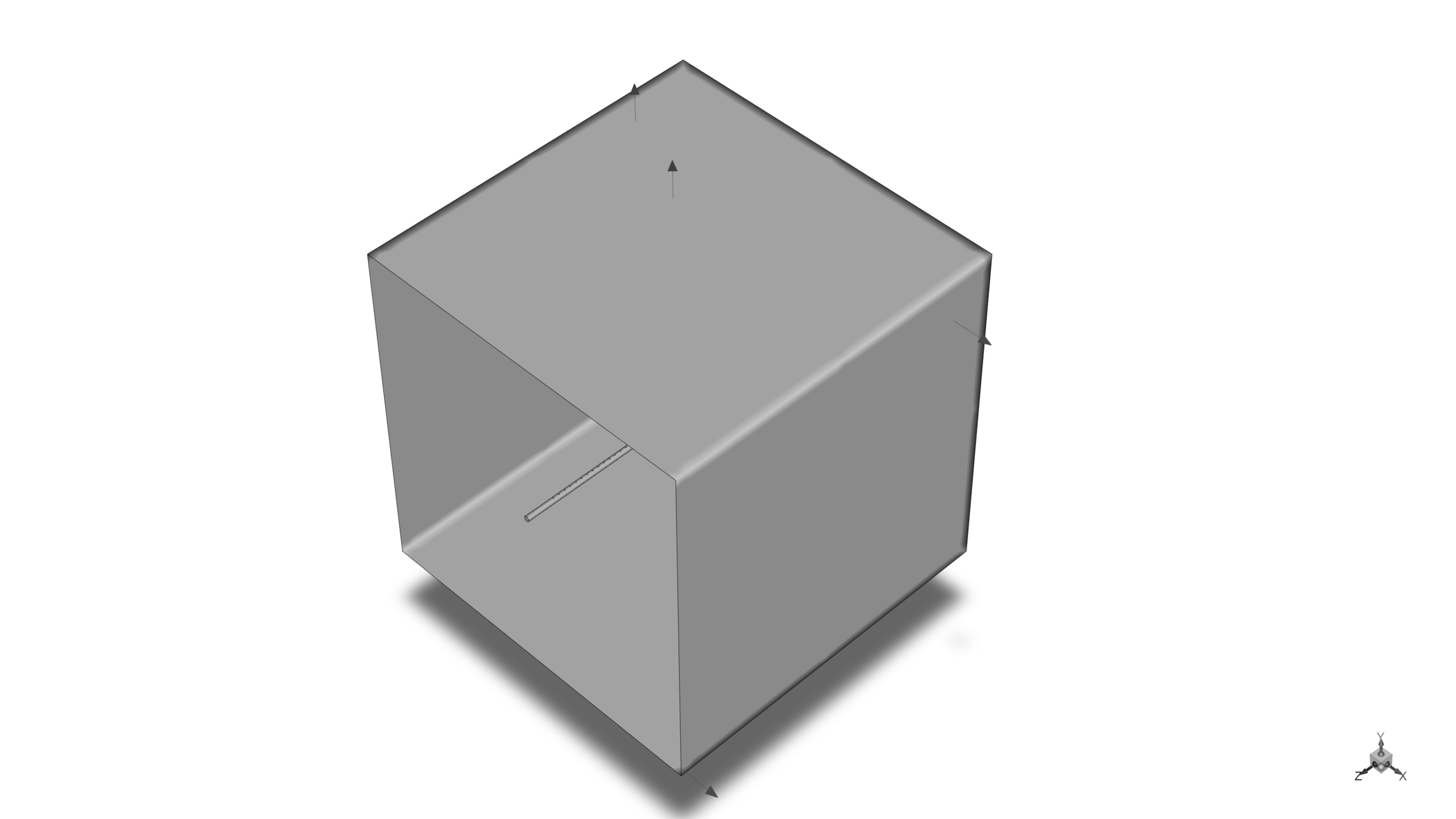
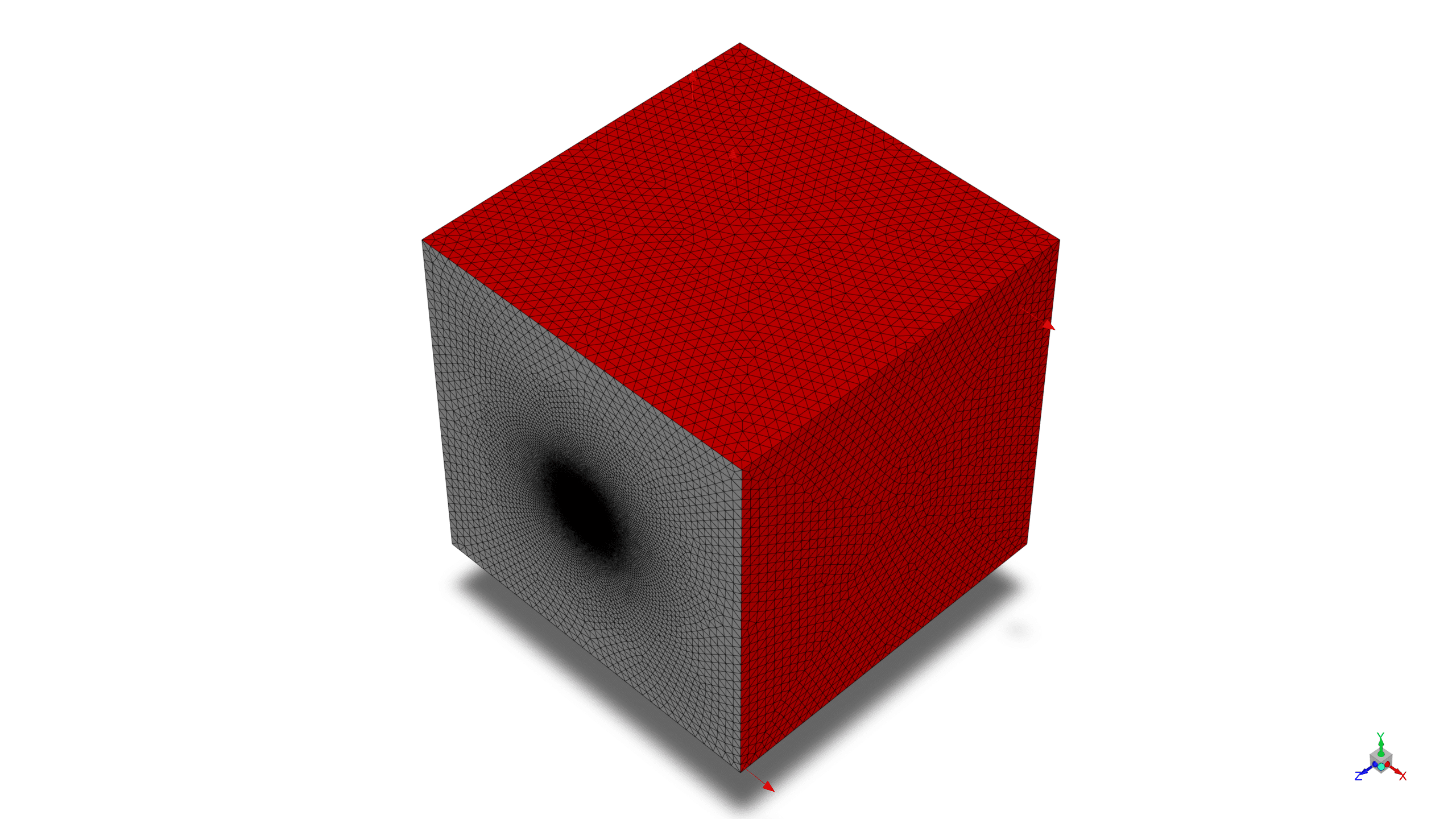
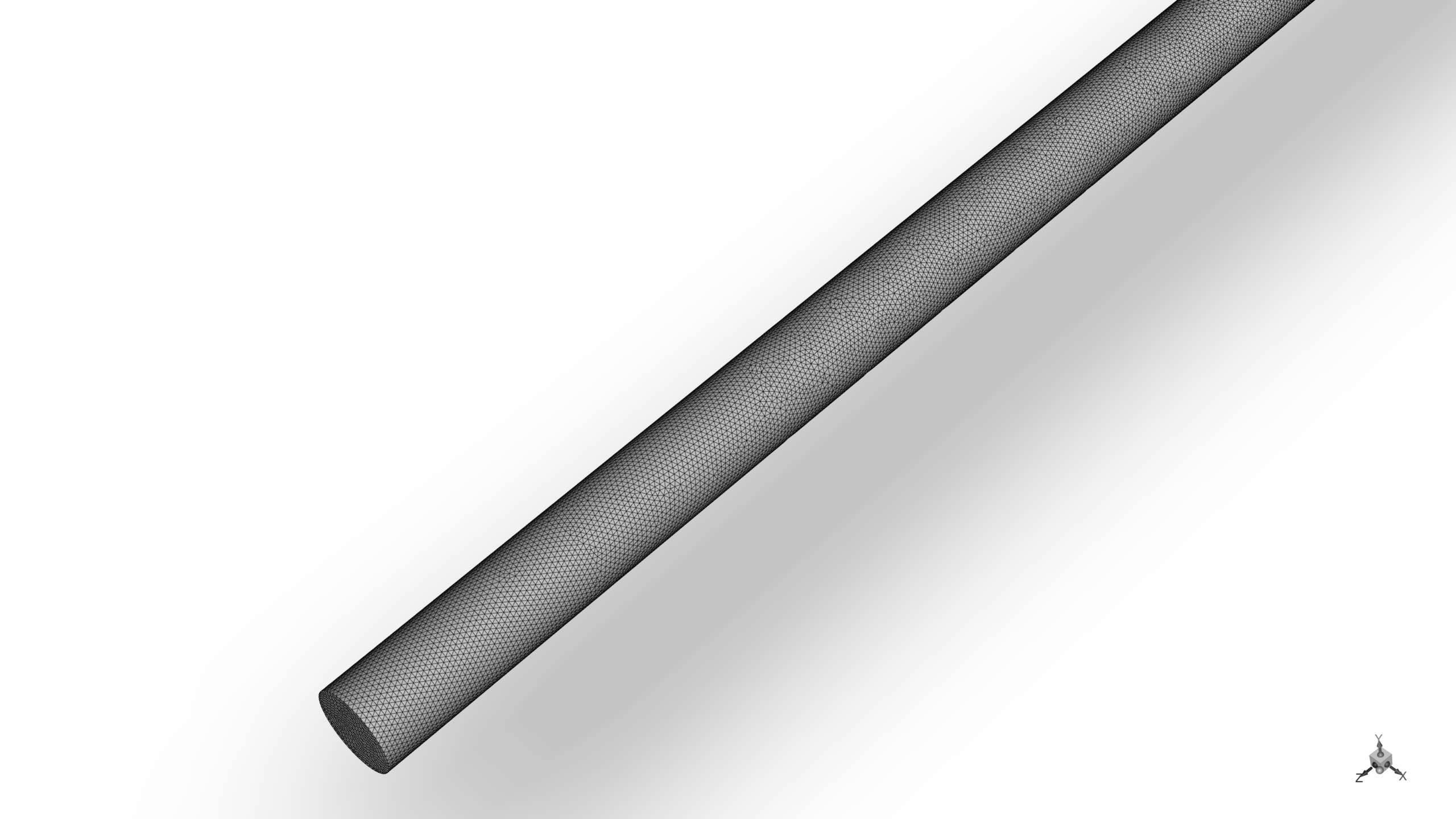
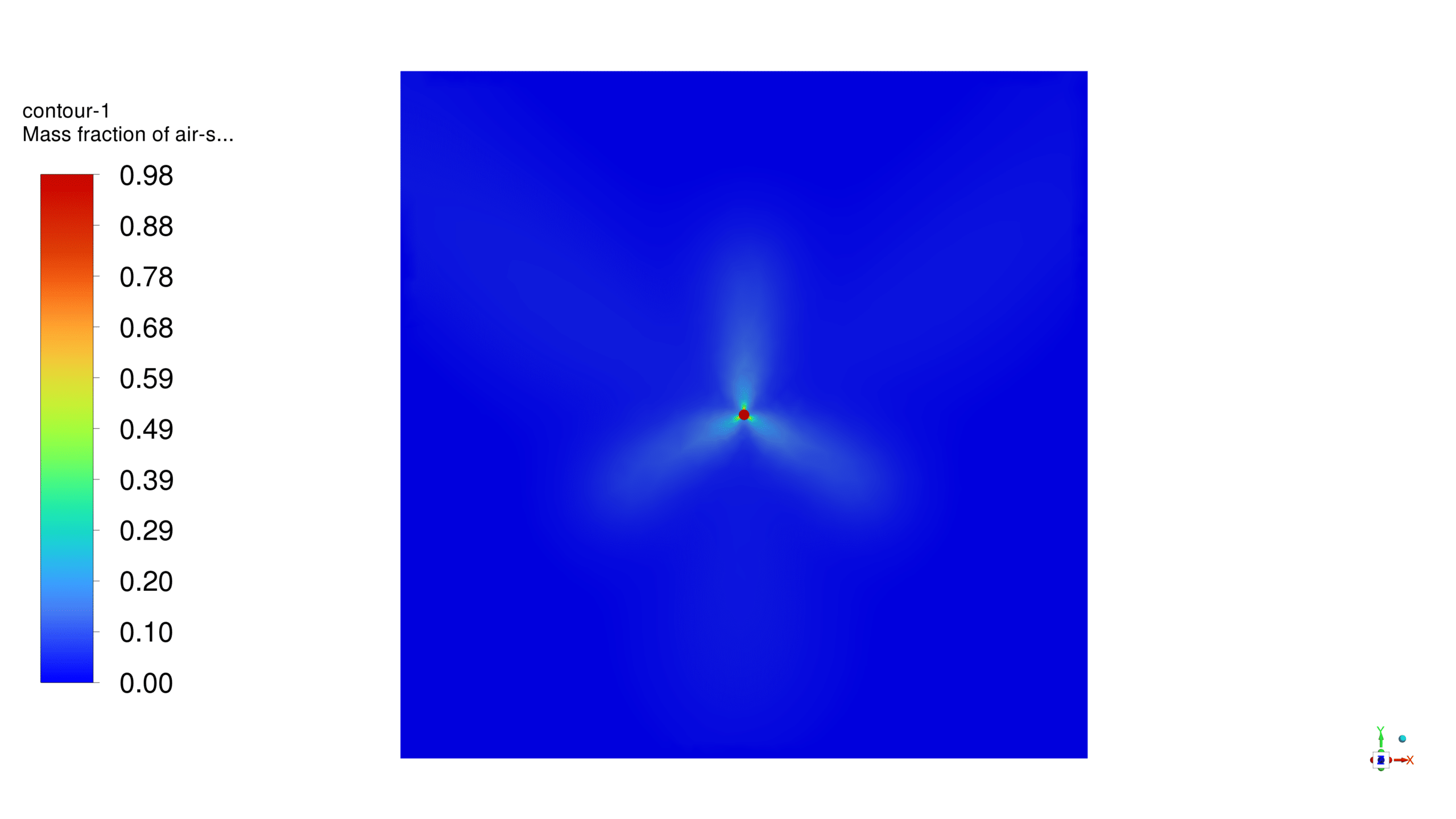


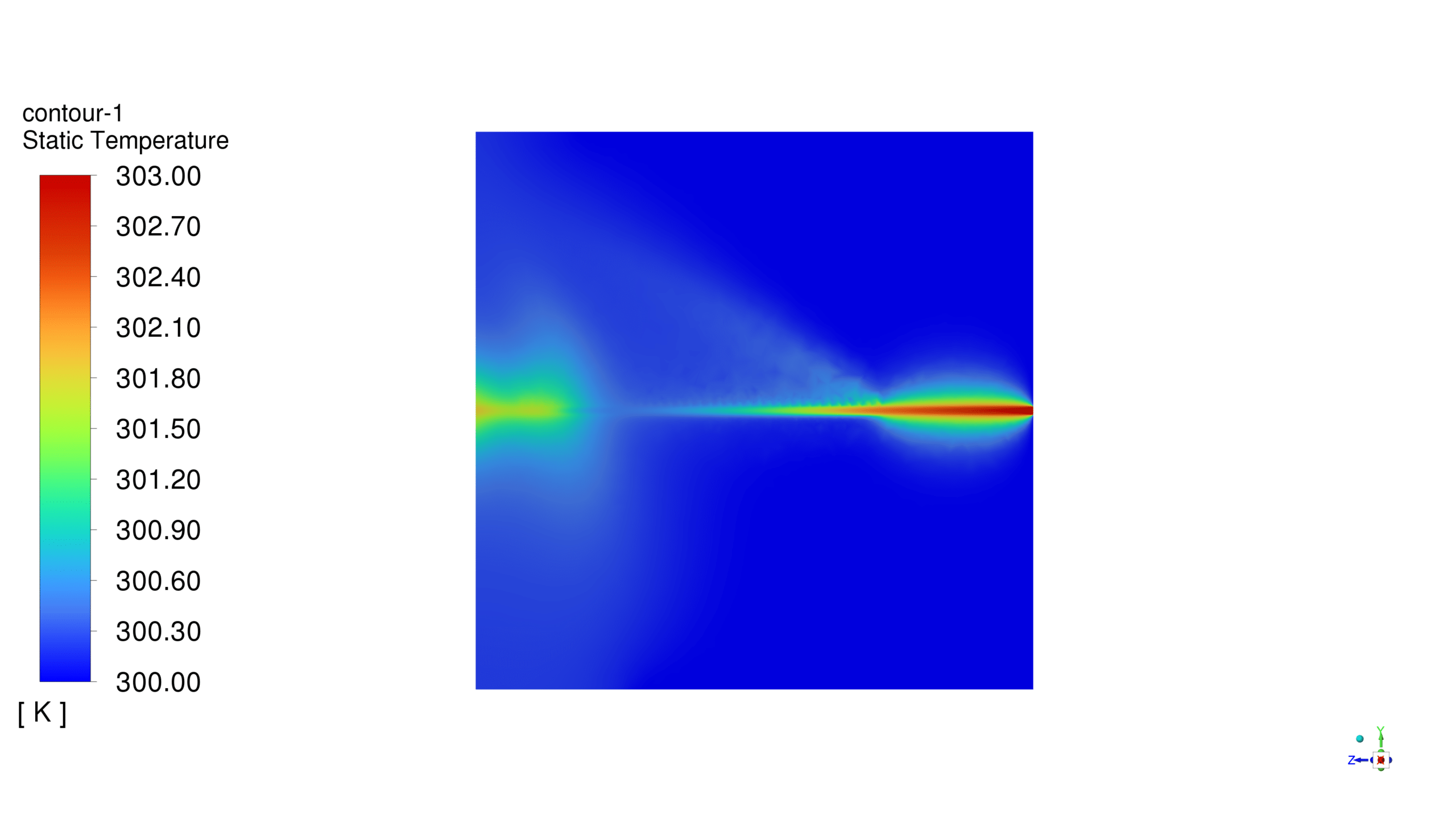

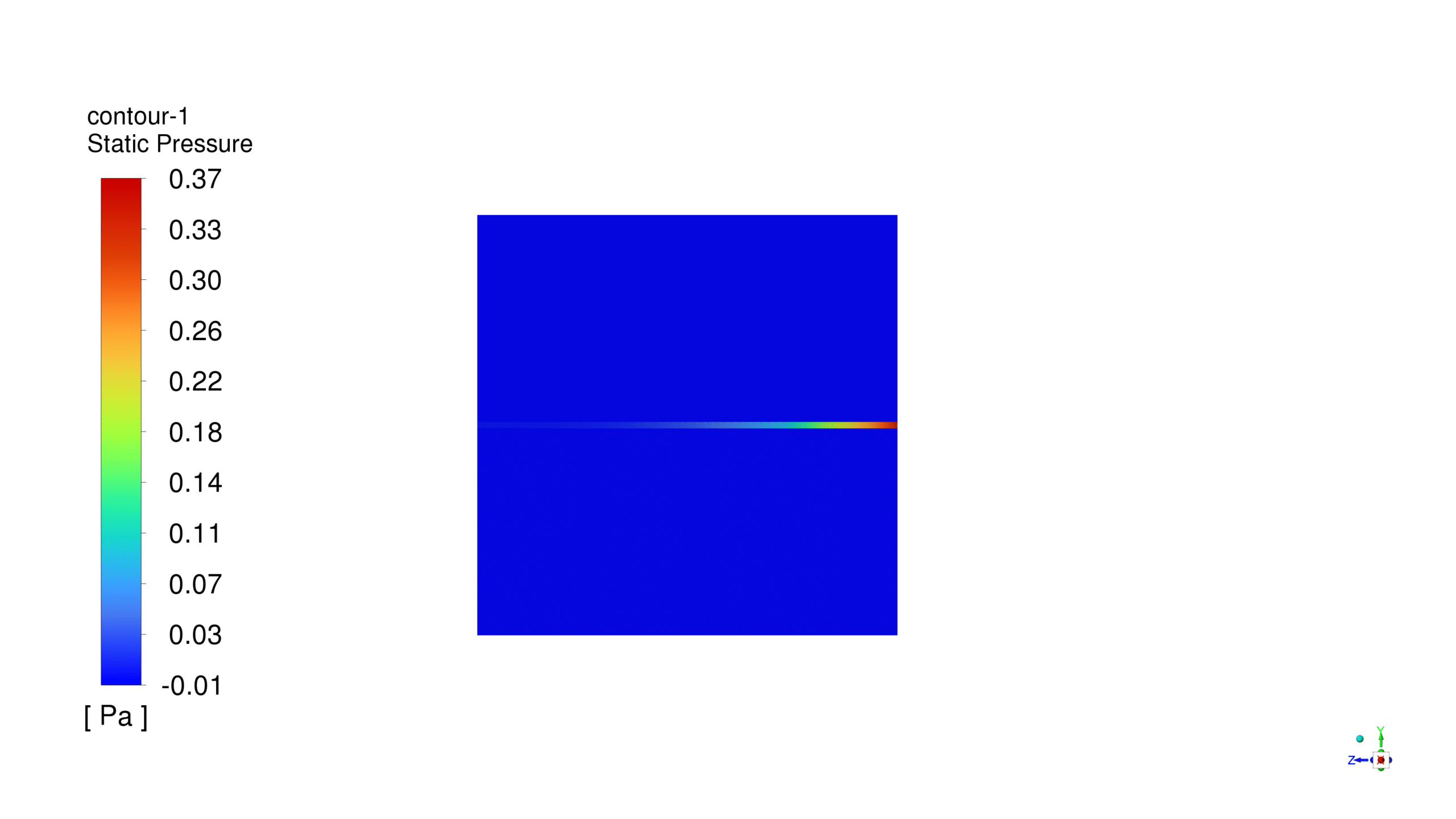
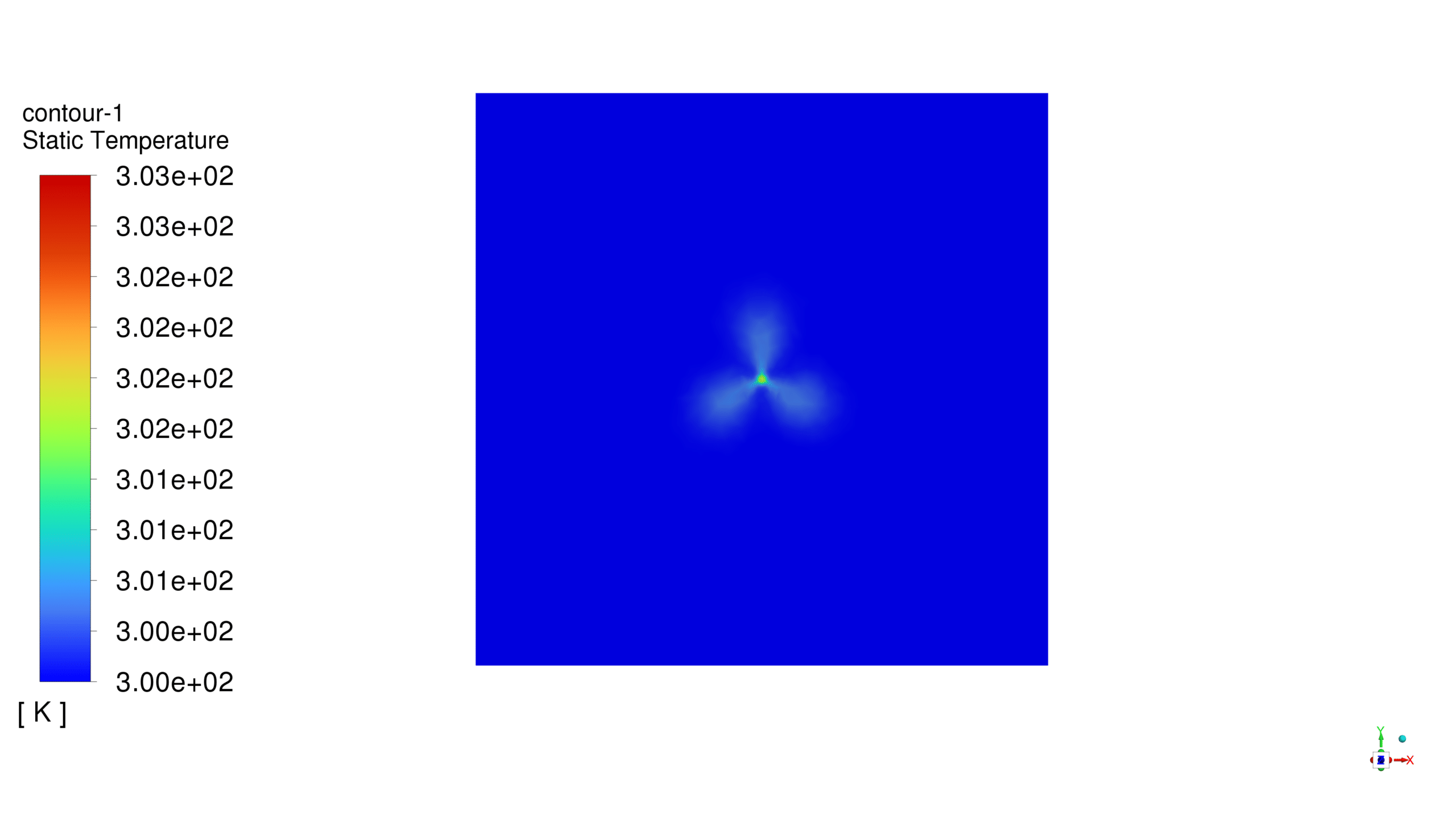
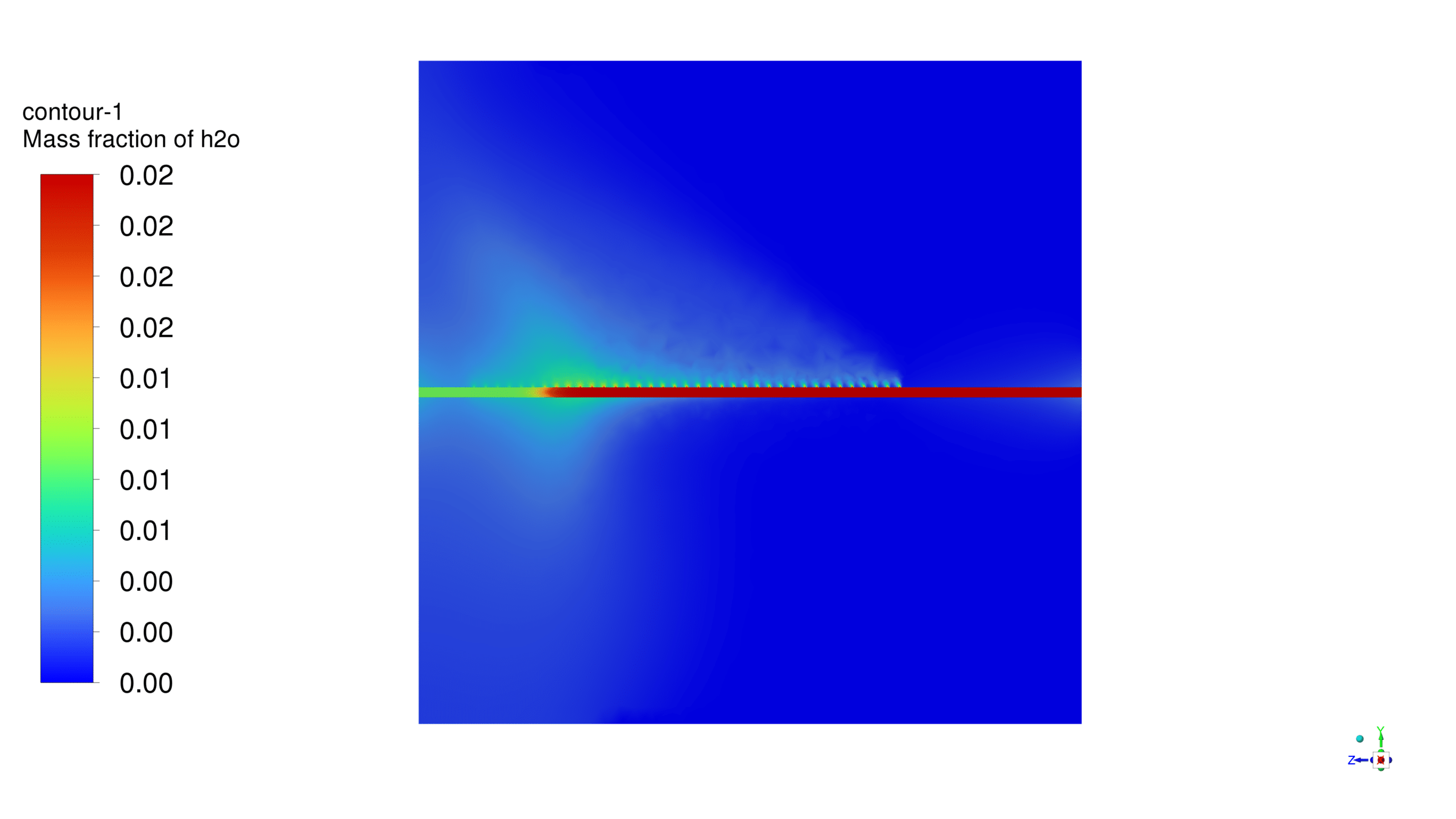
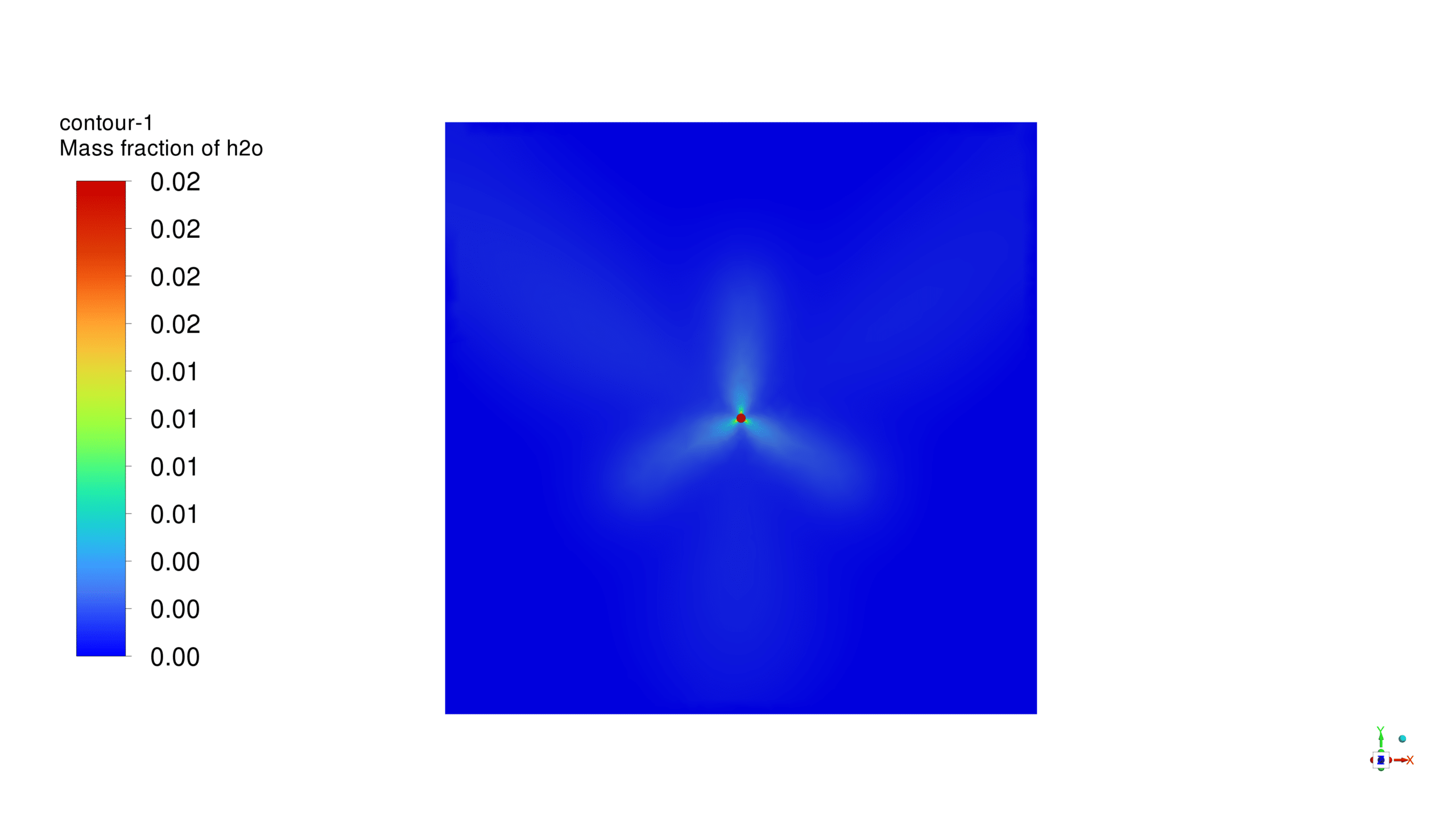

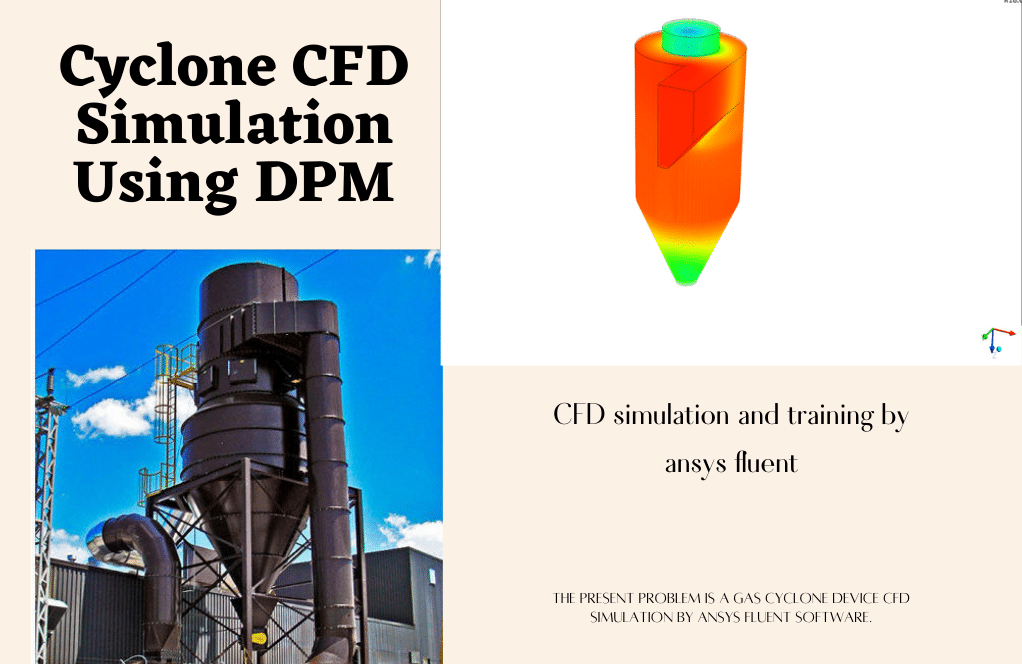


Watson Gerhold –
The detailed analysis provided emphasizes efficient air distribution which is impressive! Great to see the well-organized methodology in assessing the impact of hole distance and inlet velocity on air flow.
MR CFD Support –
Thank you for your positive review of the Perforated Air Distributor for LAMB systems CFD simulation. We’re glad that the methodology and detailed analysis met your expectations and that you found the content impressive and well-organized. We strive to deliver high-quality simulations that provide valuable insights. Your feedback is greatly appreciated!
Dr. Ashton Schinner MD –
What software and models were used to simulate the flow and species distribution in the LAMB system?
MR CFD Support –
The simulation of the flow and species distribution in the Laterally Aerated Moving Bed (LAMB) system was performed using ANSYS Fluent software. Specifically, SpaceClaim was used to generate the geometry, ANSYS Meshing for mesh creation with 2,983,355 cells, and the RNG k-epsilon model for simulating flow turbulence. Additionally, the Species Transport model was activated to observe the mass fraction of various species in the flow exiting the pipe holes.
Annalise Wisoky –
The project outcome is brilliantly detailed. Did the simulation account for any potential condensation due to the moisture in the air?
MR CFD Support –
In this simulation, the focus was primarily on the uniform distribution of air through the perforated pipe in the LAMB system and the transportation of species. While moisture content was considered in terms of air input, the provided description does not explicitly state if condensation effects were included within the scope of this particular CFD analysis.
Emory Jacobson –
The CFD results for the LAMB system air distributor were impressive. The uniform distribution and flow characteristics demonstrated in the findings align perfectly with industry needs for energy-efficient design.
MR CFD Support –
Thank you for your feedback. We are thrilled to know that our CFD simulation met your expectations and could effectively demonstrate the air distributor’s performance in the LAMB system. If you have any more questions or need further clarification on any part of the study, feel free to reach out.
Raymond Mosciski –
I’m extremely pleased with how the Perforated Air Distributor performs! It’s amazing to see even air distribution, which is crucial for the LAMB systems. Great job on the design and simulation!
MR CFD Support –
Thank you so much for your positive feedback! It’s wonderful to hear that the Perforated Air Distributor met your expectations and that the uniform air distribution was up to the mark. We strive to provide accurate simulations and efficient designs. Your satisfaction is our priority, and we’re pleased you found great value in our product!
Howell Paucek –
I’m thrilled with the versatility of this simulation. Your clever design for the air distributor ensures consistent airflow, gathers ample data, and has impressive computational efficiency. Really appreciate the thoughtful design integration here!
MR CFD Support –
Thank you for your kind words! We’re always striving to provide the best solutions with efficiency and accuracy. It’s wonderful to hear that our design has met your expectations. Can’t wait to see what you’ll accomplish with our simulation products!